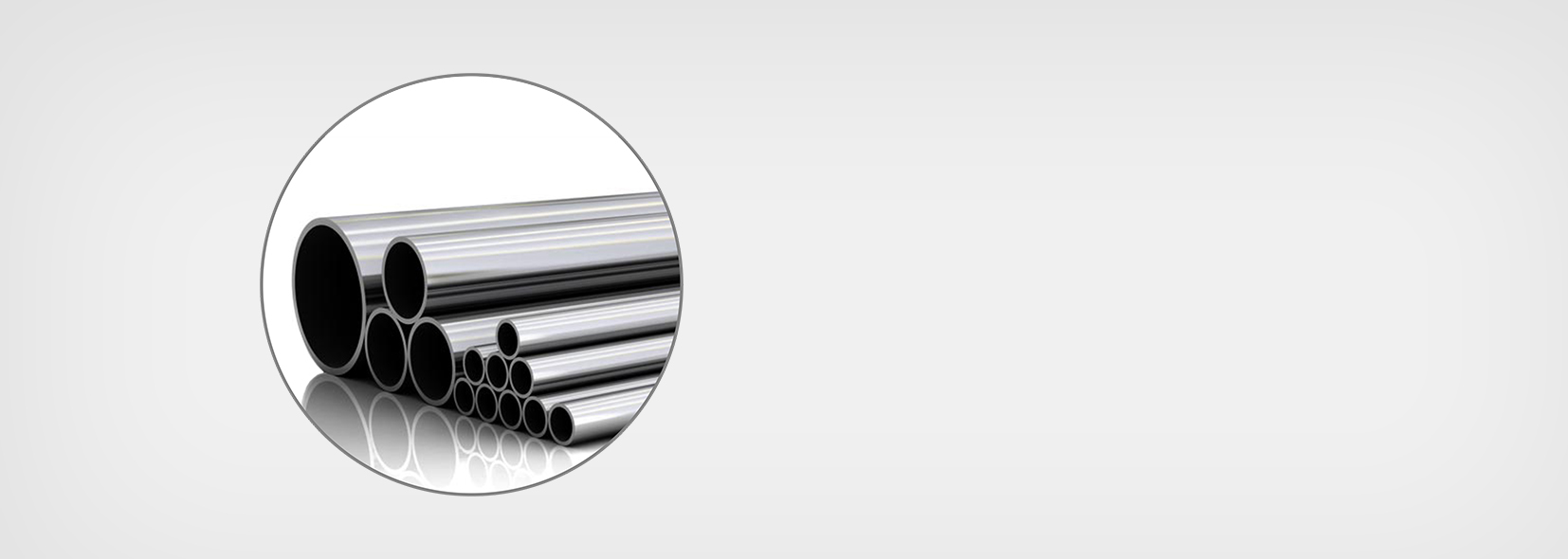Use Of Stainless Steel Pipes In Marine Construction

When venturing into the realm of marine construction, one cannot overlook the pivotal role played by materials that withstand the formidable challenges posed by saline environments. Stainless steel pipes and fittings have emerged as stalwarts in this arena, providing durability, aesthetic appeal, and exceptional resistance to corrosion. This article delves deeply into the various applications, advantages, and types of stainless steel pipes used in marine construction, unraveling their essential contributions to maritime infrastructure.
To comprehend the utility of stainless steel pipes in marine construction, one must first appreciate the inherent properties of stainless steel itself. Stainless steel is an alloy primarily composed of iron, chromium, and varying amounts of carbon, nickel, and molybdenum. This unique composition endows the material with superior corrosion resistance—a crucial trait when exposed to seawater. Over the years, marine engineers and architects have come to rely on stainless steel due to its longevity, mechanical integrity, and minimal maintenance requirements.
There are several grades of stainless steel commonly used in marine environments, each tailored for specific applications. The most prevalent types are austenitic and ferritic stainless steels, with 316 and 304 grades being paramount. Grade 316 stainless steel, often referred to as marine-grade stainless steel, contains molybdenum, which enhances its resistance to pitting and crevice corrosion—common issues in coastal structures. In contrast, grade 304 stainless steel, while still resistant to corrosion, lacks the added protection of molybdenum, making it more suitable for less aggressive environments.
The applications of stainless steel pipes in marine construction span a wide spectrum, each demanding specific properties to ensure structural integrity and functionality. One of the most prominent uses is in the framework of piers and docks. Stainless steel pipes provide robust support structures capable of enduring heavy loads while also resisting the erosive effects of wave action and marine growth. Moreover, they can be efficiently coupled with other materials, such as timber or concrete, to create hybrid structures that boast enhanced stability and resilience.
Another vital application is in the construction of pipelines for transporting fluids. In marine settings, these pipelines facilitate the movement of water, fuel, and other essential liquids to and from vessels and offshore platforms. Given the corrosive nature of seawater and the potential for environmental contamination, utilizing stainless steel pipes ensures that the transported substances remain uncontaminated and the infrastructure remains uncompromised.
Stainless steel’s aesthetic appeal renders it an attractive option for shoreline developments. Structures such as handrails, fencing, and decorative elements can all be fabricated from stainless steel pipes, achieving a sleek and modern appearance that complements the natural surroundings. The natural luster of stainless steel, combined with its resistance to tarnishing, ensures that these features maintain their visual appeal over time, reducing the need for extensive upkeep.
Furthermore, the resilience of stainless steel pipes extends to their thermal stability, making them suitable for various thermal management systems used in marine environments. Heat exchangers, for instance, benefit from the efficient thermal conductivity of stainless steel, enhancing their performance while engaging in temperature regulation. The stability of stainless steel at both high and low temperatures ensures that marine structures operating under fluctuating thermal conditions remain functional and safe.
In terms of environmental considerations, stainless steel is a sustainable choice. Its ability to be recycled indefinitely without loss of quality makes it an eco-friendly alternative compared to other materials such as plastic or carbon steel, which may degrade over time. As the demand for sustainable construction practices grows, the adoption of stainless steel pipes in marine construction paints an encouraging picture for future projects.
When it comes to installation, the lightweight nature of stainless steel pipes simplifies the process. This characteristic is particularly advantageous in marine situations where heavy lifting equipment may not be available. The ease of handling reduces labor costs and minimizes the overall time required for project completion. Furthermore, the compatibility of stainless steel with various welding techniques facilitates seamless integration with other construction components, a vital aspect of marine engineering.
However, it is essential to acknowledge the potential challenges associated with stainless steel in marine construction. The initial investment in stainless steel pipes may be higher than alternative materials, but when one considers the long-term savings on maintenance and replacement costs, the overall value becomes clear. In addition, careful attention must be given to the selection of appropriate grades and finishes to mitigate the risk of crevice corrosion, particularly in welded joints.
In conclusion, the multifaceted applications of stainless steel pipes in marine construction underscore their significance as a material of choice. Their resistance to corrosion, aesthetic versatility, environmental sustainability, and ease of installation combine to create an unparalleled solution for challenges presented by maritime infrastructure. As the marine construction industry evolves, the continued innovation and application of stainless steel will undoubtedly play a crucial role in shaping resilient, sustainable, and aesthetically pleasing maritime environments. Embracing this remarkable material not only propels the industry forward but also enhances the ecological harmony of our precious marine landscapes.
Post a Comment for "Use Of Stainless Steel Pipes In Marine Construction"